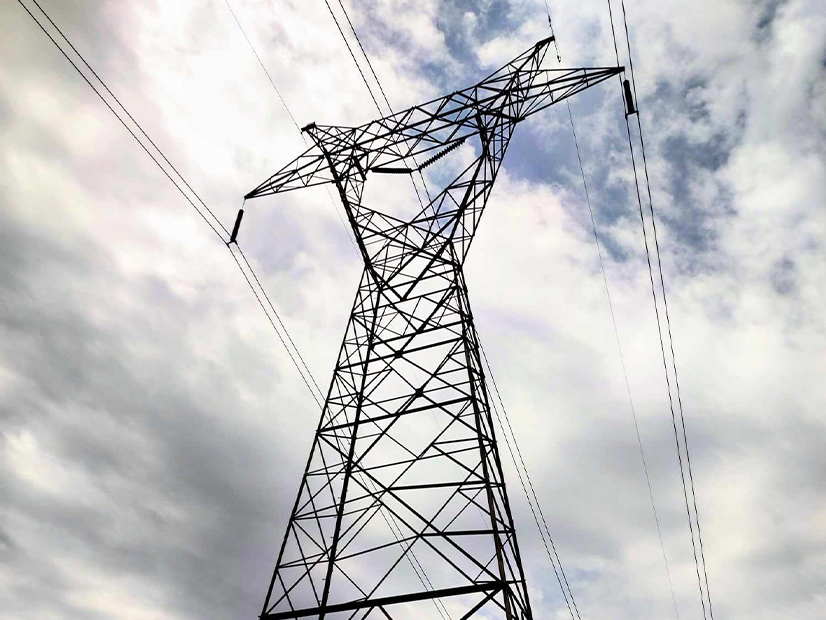CARMEL, Ind. — MISO’s Independent Market Monitor this week reported that the RTO’s financial transmission rights market came up short by more than $60 million this spring.
At a July 13 Market Subcommittee meeting, IMM staffer Carrie Milton of Potomac Economics said the FTR spring underfunding can be chalked up to transmission outages that were shifted after the auctions and “topology” differences between MISO’s FTR market and its day-ahead market.
The IMM said it ultimately reported a transmission owner to FERC for failing to report planned transmission outages and acquiring undeserved FTRs.
MISO has become increasingly concerned over its congestion-hedging market’s underfunding in recent years. It has said there’s a growing discrepancy between awarded auction revenue rights (ARRs) and the footprint’s actual congestion patterns. As a result, load-serving entities hold a historically smaller share of FTRs, and the ARRs’ congestion value has fallen.
MISO has said it will adopt slow and measured modifications to its ARR and FTR market rather than enacting sweeping changes after a consulting firm found MISO’s market could use improvements to correct underfunding.
MISO favors a methodical approach where it makes one or two changes and then examines the impacts before revising further. The first change up for implementation is to adjust the rights allocation so it corresponds better to current network usage, rather than a more-than-10-year-old snapshot of the system. MISO doesn’t plan on introducing that change until 2025.
If enacted, the change would take care of London Economics International’s (LEI’s) most pressing recommendation that MISO’s market should be updated with new resource entries and retirements to better reflect transmission use. (See Financial Firm Finds MISO FTR Market Needs Work.)
MISO’s Jack Dannis has said MISO isn’t looking to rebuild its ARR/FTR process. He said a complete overhaul and redesign would be labor-intensive and unnecessary.
“We don’t feel that would align with LEI’s findings. They saw a lot of good in the market,” Dannis said during the April meetup of the Market Subcommittee.
MISO reported its year-end excess congestion fund disbursement was about $350 million in 2022, much larger than in previous years. The congestion fund is distributed back to transmission customers on a pro rata share after the year’s FTRs are fully funded. MISO said the larger amount in 2022 was due to a lower FTR shortfall last year, an increase in day-ahead excess congestion after hourly funding and an increase in monthly FTR auction revenues.
MISO issues the financial instruments based on transmission capacity; they are used by load-serving entities and other market participants as financial hedges against congestion charges in the day-ahead market. MISO funds FTRs through day-ahead congestion costs; an ARR is the LSE’s entitlement to a share of revenue from FTR auctions because of its historical use and investment in the transmission system.
Load-serving entities buy FTRs as a congestion hedge on the transmission system from their resources to load. They differ from the financial traders in the market, who seek profits.


